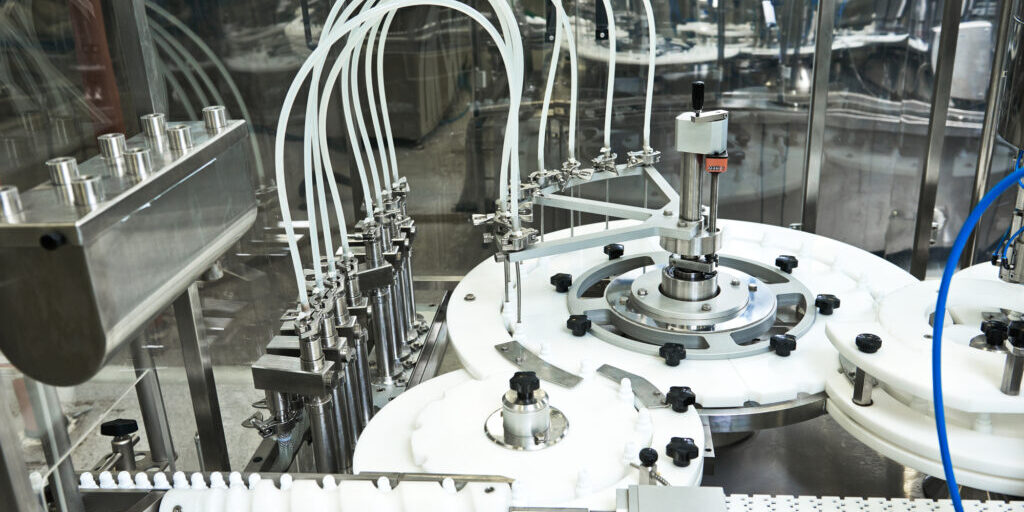[ad_1]
YOU HANG AROUND long enough, and stuff that was everyday becomes a museum relic.
In writing about the 1962 Seattle World’s Fair, I was looking through the Seattle Public Library’s extensive Century 21 Exposition digital collection. Item “spl_c21_2812376” caught my attention. It was an image of a computer printout with perforated holes along both sides.
The type was in all caps in that particular basic font style you’ve seen appear on your computer screen. You know, when the screen goes blue and a message warns, “Imminent hard drive failure.”
This printout came from the IBM Pavilion at the fair. It had been torn in the middle, but sections of it are readable.
Computers, it said in part, “take the drudgery out of record-keep [presumably, record-keeping] … (t)hey elevate the roles of people in business to a place where employees … contribute more of their talents to their individual jobs … “
Sound about right, about how things turned out 60 years later?
Displayed at the fair also was an IBM 1620 data processing machine. Advertised as less bulky than previous machines, it still was the size of a desk and weighed in at about 1,200 pounds.
Let’s compare that computer’s guts to that of an iPhone 13, weight: 6.14 ounces.
The iPhone’s processor is capable of 15.8 trillion operations per second, says professor Ed Lazowska, of the UW’s Paul G. Allen School of Computer Science & Engineering.
In contrast, he says, that 60-year-old IBM computer was dwarfed. It “could do 1,780 additions or subtractions per second, 200 multiplications per second and 56 divisions per second.”
Back then, only major universities and businesses had computers, says Lazowska.
The IBM 1620, he says, was advertised as a low-cost system, and it cost from $85,000 to several hundred thousand dollars. He points out, “$100,000 in 1962 would be nearly $1 million today.”
At the fair, the machine was linked to a CalComp digital plotter, which traced the behavior of a bouncing elastic ball mathematically simulated by the 1620.
“People would have thought it was magical,” says Lazowska about those watching it all. “Being able to see one in action, touch one.”
Oh, there was another machine that visitors could see at the IBM Pavilion.
It was the revolutionary IBM Selectric typewriter that would take over offices for the next two decades.
At 37 pounds, this thing had 2,800 parts, with its most important a golf-ball-shaped type head that pivoted and rotated, replacing the old-style typewriters in which letters were banged out by separate keys.
For the next 25 years, more than 13 million of the machines were sold. At the fair, visitors could use the Selectric to type on a postcard.
The Selectric brand was retired in 1986.
That means that if you were 14 back then — 50 now — you might have used one.
I used a calculator to come up with that time gone by and, really, I wouldn’t recommend that exercise.
[ad_2]
Source link




More Stories
Best Carry-On Luggage: Your Ultimate Travel Companion
How the P10 Mask Enhances Your CPAP Experience
Evaluating the Efficiency of Different Liquid Filling Machine Manufacturers